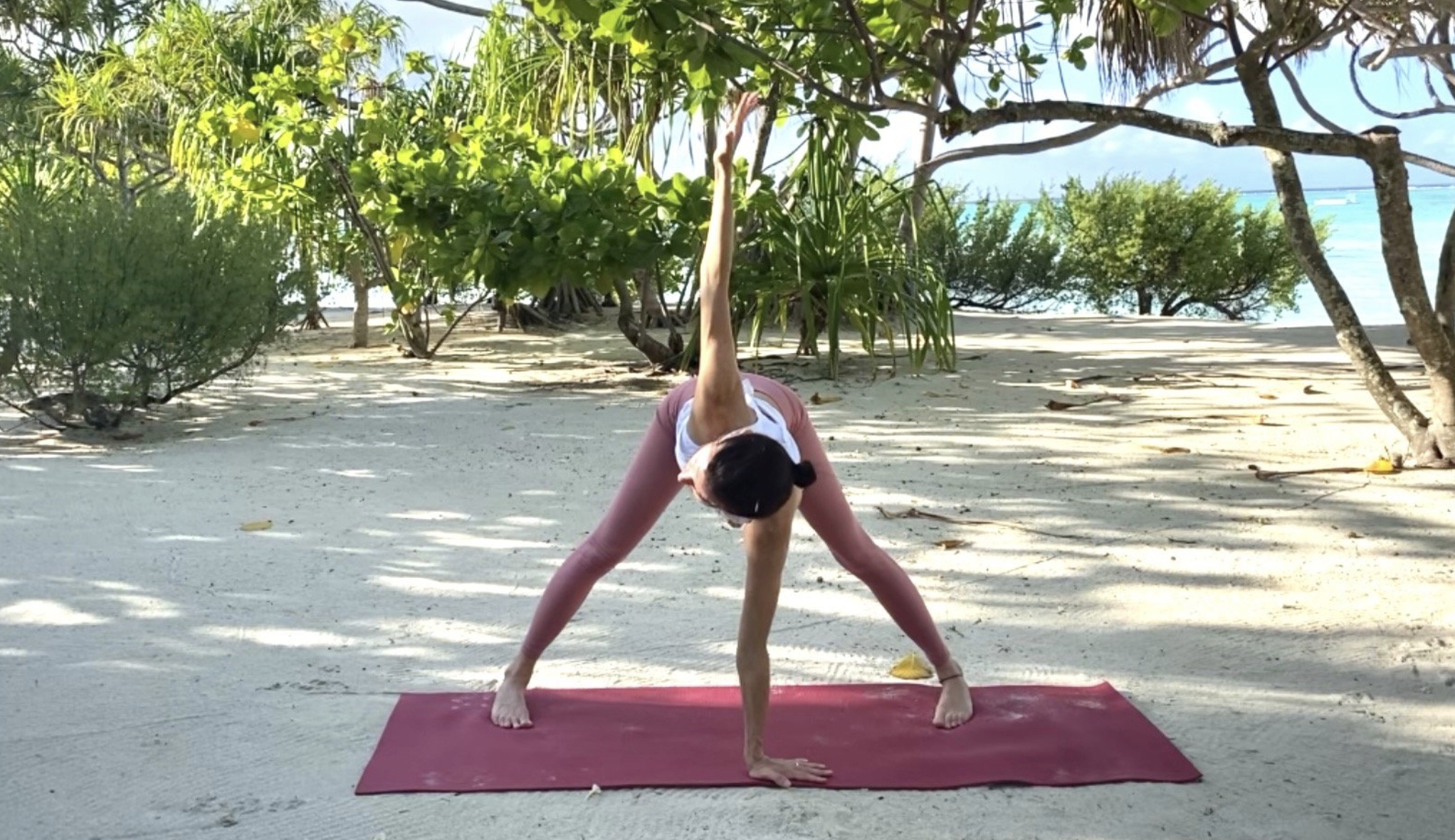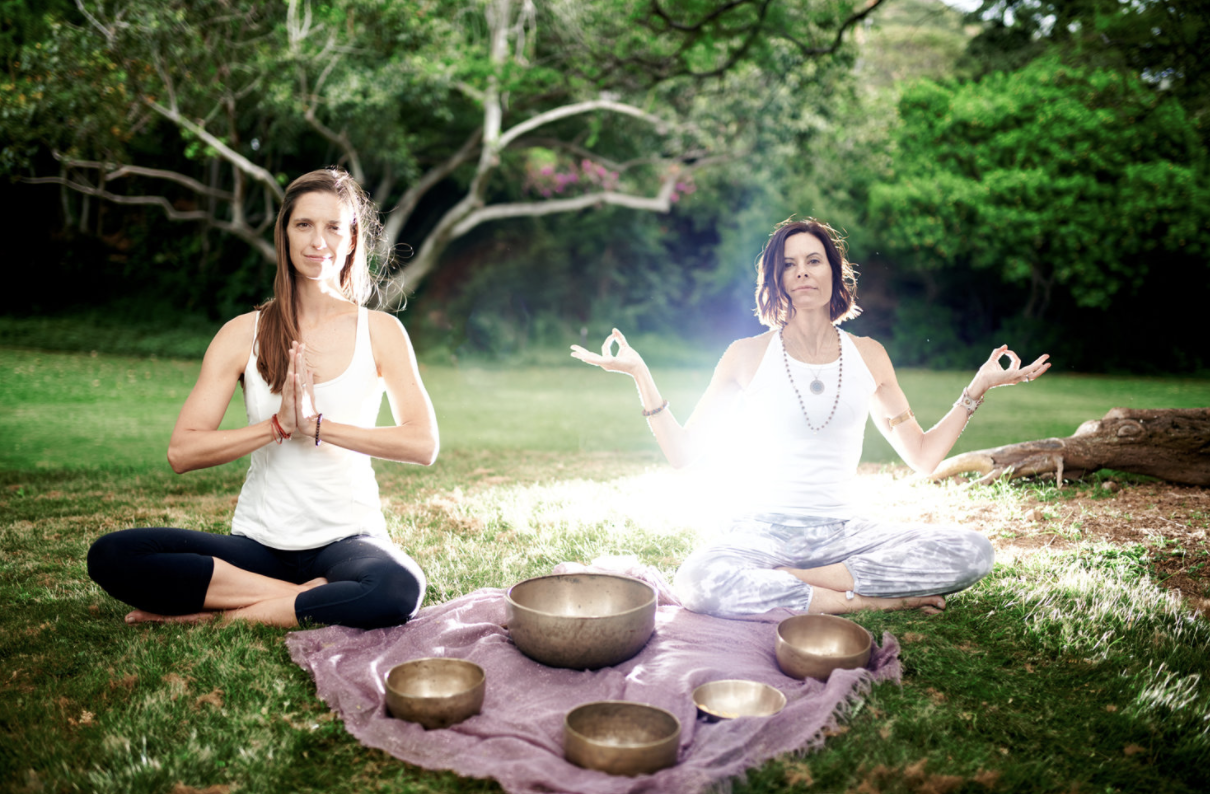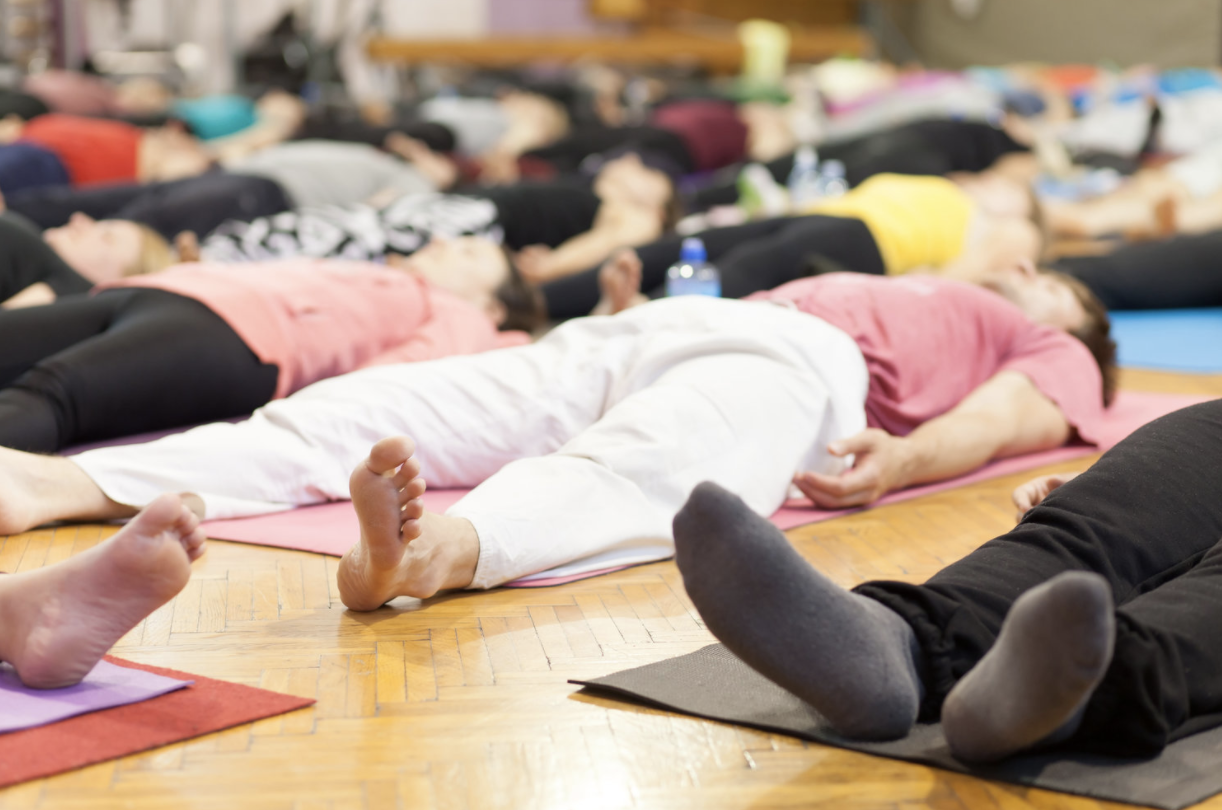This blog centers around the brain health with questions like: Is this as good as it gets?
The Brain
I use to buy into the myth that we humans only use 10% of this complex and amazing 3lb organ. On some days it kind of feels that way. I was relieved to learn that we humans use every part of our brain—100% of the brain ever day.
So the inquiry I have is not in the “quantity of use”…rather what is the “quality”. Is this as good as it gets? Is it possible, despite age, to unlock, discover and stimulate more brain potential so the quality of life and well being increase?
Scientists in the field of contemplative neuroscience are asking these very questions. The questions on their minds: What is the body-mind capable of with meditation training?
As a culture we are most likely to first take care of our physical bodies…and yes exercise is a wonderful way to keep brains healthy…and so are the crossword puzzles and the books we read…etc… but are there more ways to enhance brain health and hence quality of life?—are you satisfied…do you wonder if there is more?
Contemplative neuroscience is validating that meditation brings more. It is “fitness for the brain”. Meditation fires and re-fires neural networks aimed at improving sustained attention, focus and memory while simultaneously enhancing important life qualities such as peace, calm and happiness.
Contemplative Neuroscience at a glance
Since the early 1970’s meditation has caught the attention of scientists wanting to investigate it’s miraculous claims made by ancient texts, yogis, monks and serious meditators. What began with a few investigations in a clinical laboratory setting rapidly evolved into a field of formal study called: “contemplative neuroscience”.
More specifically, this new field is the dedicated study of the neuroscience and neurobiology of meditation.
On the physiological level, some of the answers included a decreased rate of metabolism, accompanied by a decrease in heart rate, decrease in breathing rate, and decrease in previously elevated blood pressure,—all of which contribute to the decreased risk of hypertension and stroke. (Benson; Wallace et al.1972)
On the neurological level, the answers are still coming in— but what is known—meditation is a trigger for “neuroplasticity” improving attention, compassion, empathy and kindness. (Davidson et al. 2003; Lutz et al. 2004).
Scientists are now validating the benefits of meditation, revealing that it can indeed increase mental health, resiliency, and connection and treat anxiety and stress. It is exciting to see science and spirituality agree. This congruence is now motivating the skeptics who, up until now, wouldn’t have dreamed of meditating.
You are what you think…
What we steadily bring our attention towards creates neural networks —good or bad. This is technically called neuroplasticity, also known as brain plasticity. It is the brain’s ability to form and reorganize synaptic connections so that —despite age —brains can continually change their structure and pathways.
Bruce McEwen is one of the world leaders in stress research. His work helped to reveal the existence of brain networks that work for us and help us to adapt (positive neuroplasticity)— and brain networks that work against us, impede life and make us feel stuck (negative neuroplasticity).
By installing new habits like meditation we can train the brain to work for us in ways that increase well being and quality of life.
The three meditation styles that have been extensively studied include: mindfulness, compassion training and transcendental meditation (TM). Although these are different practices, at root they share the same principal which is when your mind wanders bring it back to the chosen focal point.
What is clear from all the studies is that there are measurable benefits for everyone no matter how long you have been practicing.
In the book: Altered Traits: Science Reveals How Meditation Changes Your Mind, Brain, and Body the authors reveal the impact meditation has on a beginner (100-7 hours), long term meditator (1,000-10,000 hours) and yogi (12,000-62,000 hours includes a 3 year retreat). Specifically for the beginner, benefits
included less mind wandering, better focus and working memory.
In the Sara Lazar studies, conducted with Mass General and Harvard Medical Center, the findings demonstrated that people with no prior experience, engaging in a 27 minute daily mindfulness-based practice for 8 weeks experienced a thickening in several regions of the brain and shrinkage in the amygdala (a region of the brain known to play an important role in anxiety and stress).
Her studies in the long-term meditator category (7-9 years of practice) demonstrated an increase of gray matter in several areas of the brain…including the auditory and sensory cortex, prefrontal cortex (an area linked to decision making and working memory). Her startling discovery was that most people see their cortexes shrink as they age, but 50-year old meditators in the study had the same amount of gray matter as 25 year olds.
Another arising question: is it possible to meditate and keep your brain young?
Contemplative Neuroscience is just scratching the surface and there is still much to understand and explore—for instance- the other varieties of meditation.
The important note that contemplative neuroscience wants to make is that all such effects are unlikely to persist without sustained practice. Meditation is not the next fad diet but a lifestyle commitment.
If you want to begin meditation but are wondering where to start-it is best to consider a practice that has roots—meaning it has “standed the test of time”. It is understandable that we want the best strategy for ourselves and by looking for the best it may “stall” getting a meditation practice going.
There is an encouraging story —once when a great saint of India (Neem Karoli Baba) was asked which meditation strategy is the best, he answered “Subek!”—which is Hindi for “They are all one!”
Trust your instincts. Have faith. Jump in. The most authentic meditation practice is a self-validating one.
You will know it is working when you experience growing states of generosity, kindness, focus and the quality of your life and well-being increase.
There is always more. Don’t settle for less.
written by: Jennifer Reuter









































